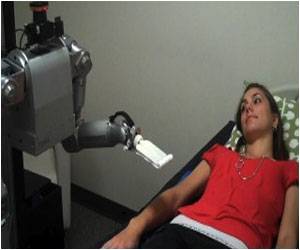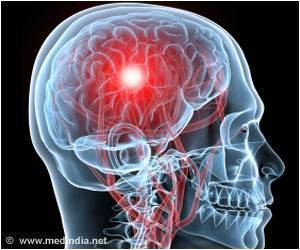
‘Novel genetic clues that could help explain the biology of synesthesia have been identified by scientists. People with synesthesia experience crossed responses to stimuli.’
Tweet it Now
A genetic window into sensory experienceToday, in a report published in the journal Proceedings of the National Academy of Sciences, scientists from the Max Planck Institute for Psycholinguistics and the University of Cambridge report new genetic clues that could help explain the biology of synaesthesia. The researchers carefully analysed the DNA of three families in which multiple members, across several different generations, experience colour when listening to sounds.
The team took advantage of advances in genome sequencing, enabling them to identify genetic variants in the synesthesia families and track how they were passed on from one generation to the next. In particular, they focused attention on rare DNA changes that altered the way genes code for proteins, and that perfectly matched the inheritance of synesthesia in each of the three families.
While the highlighted DNA variants differed between the three families, a common theme emerged to connect them: an enrichment for genes involved in axonogenesis and cell migration. Axonogenesis is a key process enabling brain cells to wire up to their correct partners.
Combining families to uncover biological processes
Advertisement
Professor Simon Baron-Cohen, Director of the Autism Research Centre, Cambridge University, commented, "This research is revealing how genetic variation can modify our sensory experiences, potentially via altered connectivity in the brain. Synesthesia is a clear example of neurodiversity which we should respect and celebrate."
Advertisement
To better understand these findings, the team is looking for new families and individuals to join their study. To learn more about their research and take a short test to find out if you experience a common form of synaesthesia, go to http://www.mpi.nl/synaesthesia.
Source-Eurekalert












